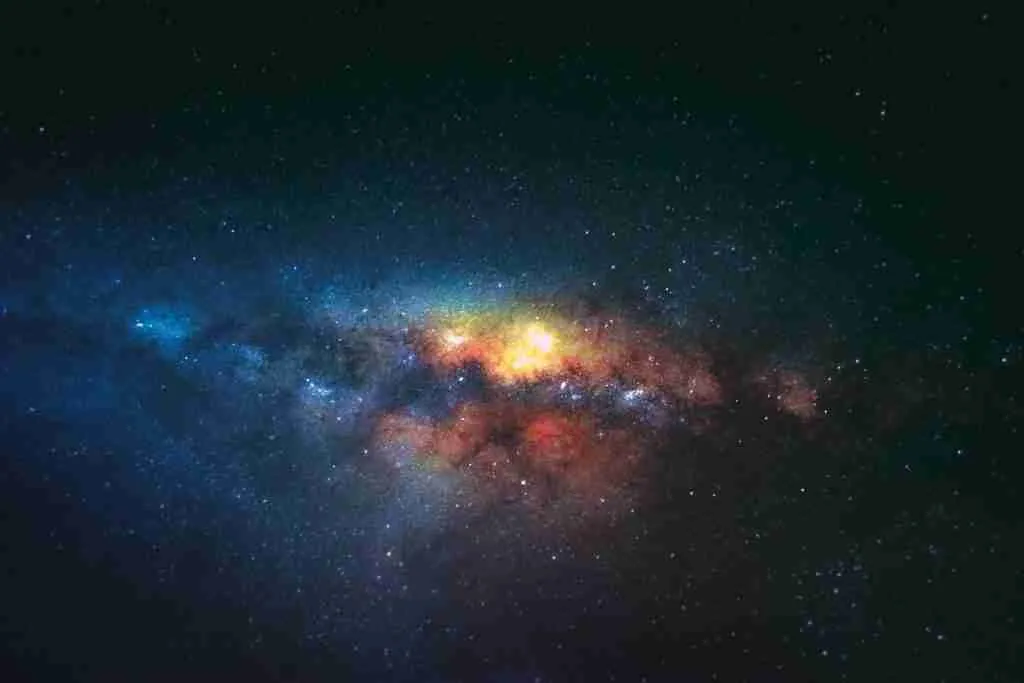24 Fun Facts About A Supernova/ Exploding Stars and Cosmic Spectacles
-
Supernovas spread elements like Gold and Platinum across the universe.
-
Supernovae are the primary sources of heavy metals in space.
-
The material expelled from a supernova travels at speeds up to 30,000 km per second.
-
The brightness of a supernova can persist for weeks or even months, gradually fading away.
-
Some stellar explosions, known as stellar impostors, resemble supernovae but do not destroy the star.
-
Elements essential for life on Earth, such as carbon, iron, and oxygen, originated from supernovae.
-
A supernova explosion releases energy equal to the Sun’s lifetime output.
-
The oldest recorded supernova, SN 185, was documented by Chinese astronomers in 185 AD.
-
Supernova explosions release shock waves that shape star formation and galaxy structure.
-
Supernovae occur every 50 years in galaxies but every second universally.
-
Supernovae vary in brightness. Some are extremely bright, while others are fainter.
-
Supernovae can create dense neutron stars or black holes with gravity so strong that light can’t escape.
-
Type I supernovae occur in binary star systems, and Type II result from massive stars collapsing.
-
Supernovae are extraordinary cosmic events where a star undergoes a massive explosion.
-
Supernovae are responsible for creating most of the chemical elements we know.
Table of Contents
1. In 1931 Walter Baade and Fritz Zwicky Coined the Term Supernova.
Astronomers of today are well familiar with the term supernova and its meaning. However, this was not always the case.
In 1943, an astronomer named Walter Baade made a significant discovery that revolutionized scientific understanding concerning stars.
2. A Supernova is a Powerful Explosion that occurs when a Star Dies.
A supernova is an incredibly powerful event that can outshine most of the stars in an entire galaxy. It occurs when a star reaches the end of its life cycle and can be brighter than 100 million suns put together.
The expansion of these exploding stars reaches massive speeds, growing from a radius development of 2,000 kilometers to hundreds of thousands in just hours.
3. Supernovas Create and Distribute Heavy Elements Like Gold and Uranium.
One of the most remarkable aspects of supernovae is their role in creating heavy elements. When a star explodes, it forms elements such as gold, uranium, and iron in its core. These elements are then scattered into space, enriching the interstellar medium.
These newly formed elements can later become part of new stars, planets, and even living organisms. Without supernovae, the universe would lack many of the crucial building blocks that make up our solar system and Earth.
4. A Supernova Can Outshine an Entire Galaxy for Weeks.
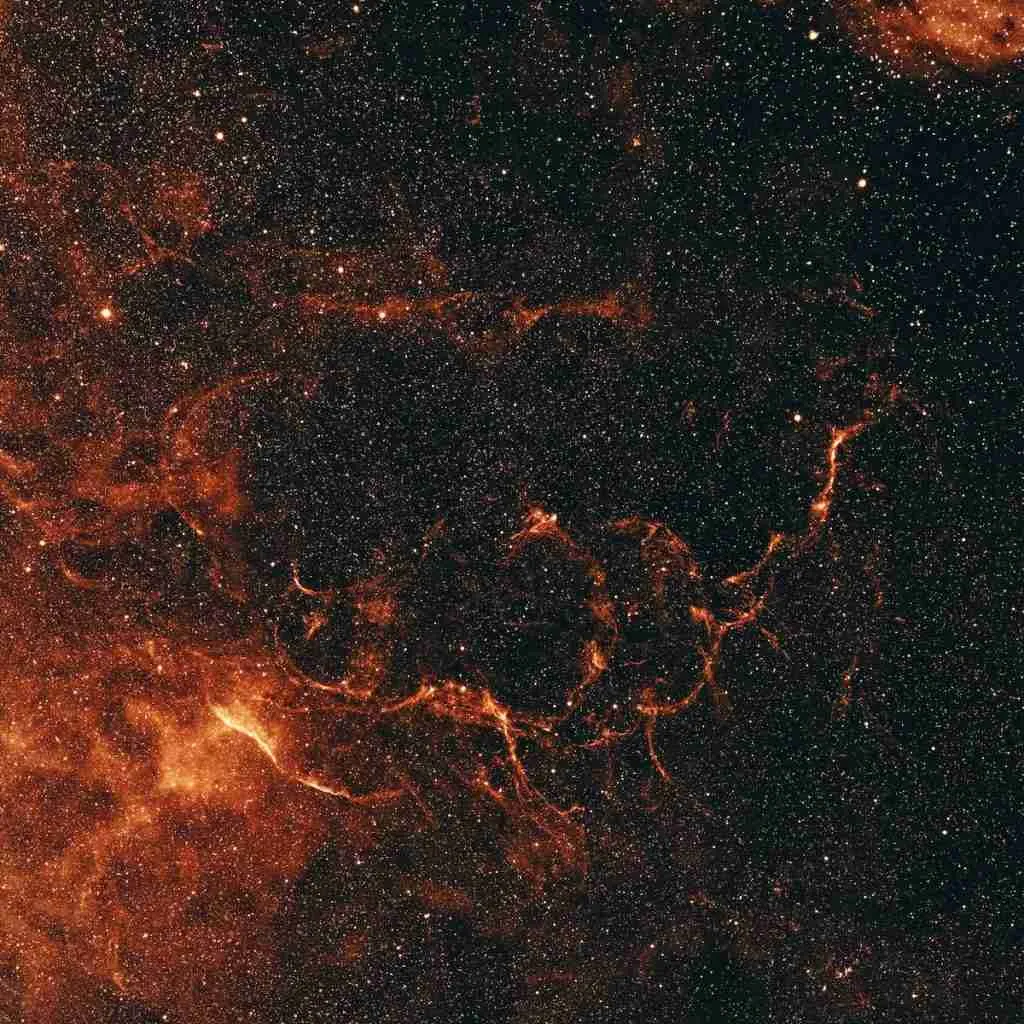
READ ALSO: 25 Fun Facts About Andromeda (Know Your Neighbor)
Supernovae can emit more light than an entire galaxy, albeit briefly. During the peak of a supernova explosion, the energy released can make the star shine brighter than 10 billion Suns combined. This intense light can last for weeks before gradually fading.
For astronomers, supernovae provide an opportunity to study stellar life cycles and cosmic events. The extreme brightness allows them to observe the inner workings of stars and gain insights into the processes that shape galaxies.
5. The Most Famous Supernova in history is probably Supernova 1987A.
The events of Supernova 1987A have solidified its place in history, as it was the first supernova since 1604 that has been visible to the naked eye.
It occurred in the nearby Large Magellanic Cloud galaxy and sent a great display of cosmic radiation into outer space.
Many saw it as a symbol of celestial beauty, iconic for its power of illumination and radiance throughout galaxies far away.
6. The last supernova visible to the naked eye from Earth was Supernova 1604.
Supernova 1604, more commonly known as Kepler’s Supernova, made history when it first appeared in the night sky on October 9th, 1604.
This supernova was named after the astronomer Johannes Kepler, who studied the event and published a book about it. It was first observed on October 9, 1604, and is visible in the Ophiuchus constellation.
7. The latest observed supernova by astronomers is Supernova 2023ixf.
The latest observed supernova is 2023ixf, discovered in May 2023 in the Pinwheel Galaxy (M101). This Type II supernova is located approximately 21 million light-years from Earth. It has gained attention due to its brightness and visibility, making it a significant target for astronomers.
Observations of SN 2023ixf are ongoing, providing valuable insights into supernova processes and stellar evolution. Its study contributes to our understanding of the universe and the life cycles of stars.
8. Supernovas are classified into Type and Type II.
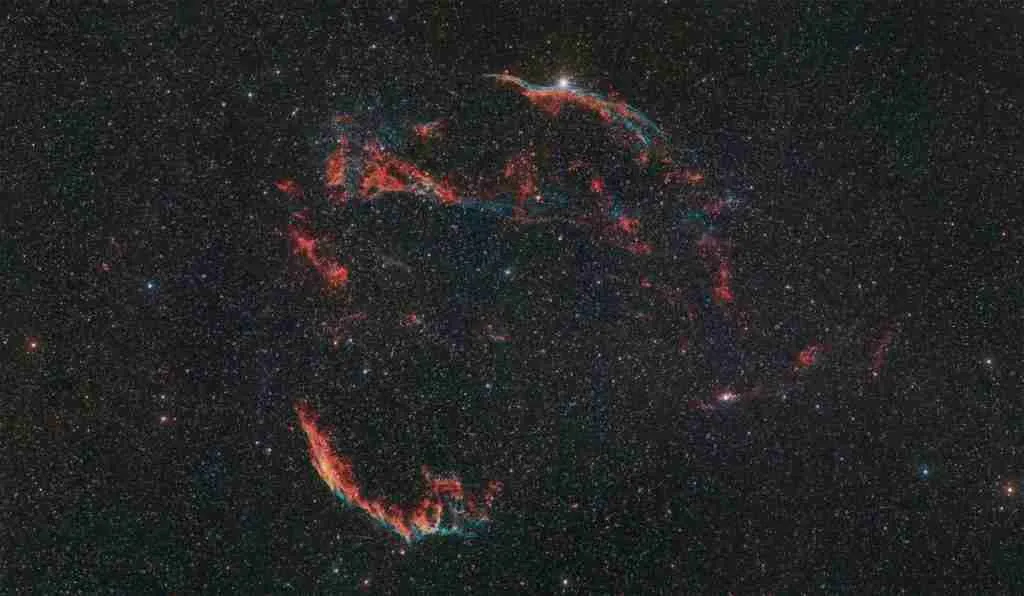
READ ALSO: 24 Fun Facts About Astronomy (Explore the Cosmos)
Supernovae are classified into two main categories: Type I and Type II. Type I supernovae occur when a white dwarf star in a binary system reaches a critical mass and explodes. Type II supernovae happen when a massive star collapses under its own gravity.
The classification is important for astronomers to determine the origin of the explosion and study the different types of stellar deaths.
9. A Supernova can outshine its host galaxy for weeks or even months.
The light produced by the explosion can become brighter than whole galaxies.
This extraordinary display of brightness often persists for weeks or even months, shining brightly in the night sky before slowly fading away.
For astronomers, these explosions provide us with vast insight into our Universe’s ever-changing systems, which is one of the fun facts about a supernova.
10. Supernovae Happen Rarely with Just a Few Each Century in Typical Galaxies.
Supernovae are unexpectedly rare events. It is estimated that a mere few of these exploding stars manifest each century in a typical galaxy.
This astronomically low probability makes even witnessing one quite an unlikely feat.
However, we can be comforted by the knowledge of their incredible power and their unique significance in the vastness of space unraveling before us.
11. The Explosion of a Supernova releases an enormous amount of energy.
A supernova explosion is one of nature’s most awe-inspiring events, releasing an amount of energy that is truly staggering.
Considering its size and power, this tremendous burst is the equivalent of what our closest star – the Sun – will have released throughout its lifetime.
In fact, it’s estimated that a single supernova embodies tremendous amounts of energy just short of 500 octillion joules.
12. Neutron Stars and Black Holes Are Remnants of Supernova Explosions.
READ ALSO: 22 Interesting Facts About Black Holes You Never Knew
Supernovas, the explosive deaths of massive stars, release vast amounts of matter and energy into the universe. The remnants of these stars can become dense neutron stars, packing immense mass into a small area or black holes, areas of extreme gravity where light cannot escape.
These phenomena are among the most powerful and exotic in nature.
13. A Supernova Explosion can create a shock wave that travels through space at millions of miles per hour.
A Supernova Explosion is one of nature’s most powerful phenomena. Its scale and magnitude are so huge that it can cause a shock wave to travel through space at unimaginable speeds, reaching up to millions of miles per hour.
This is an astonishing example of the power we can observe within the Universe, acts that dwarf even the most impressive feats of mankind.
14. Supernovas Provide Insights into the Life Cycle of Stars.
By studying supernovae, astronomers can gain valuable insights into the life cycle of stars. Supernovae mark the end of a star’s life, and their study helps scientists understand how stars are born, live, and die.
The elements released by supernovae provide clues about the composition of stars and the processes that occur as stars evolve over billions of years.
15. The Brightness of a Supernova can be used to measure the distance to the host galaxy.
A supernova is a brilliant explosion that temporarily outshines a galaxy, serving as a beacon for measuring the distance and properties of its host galaxy.
Despite their rarity and unpredictability, occurring once every 50 to 100 years per galaxy, astronomers utilize these events to gain insights into galaxy characteristics.
16. The Study of Supernovae has helped astronomers understand the life cycle of stars.
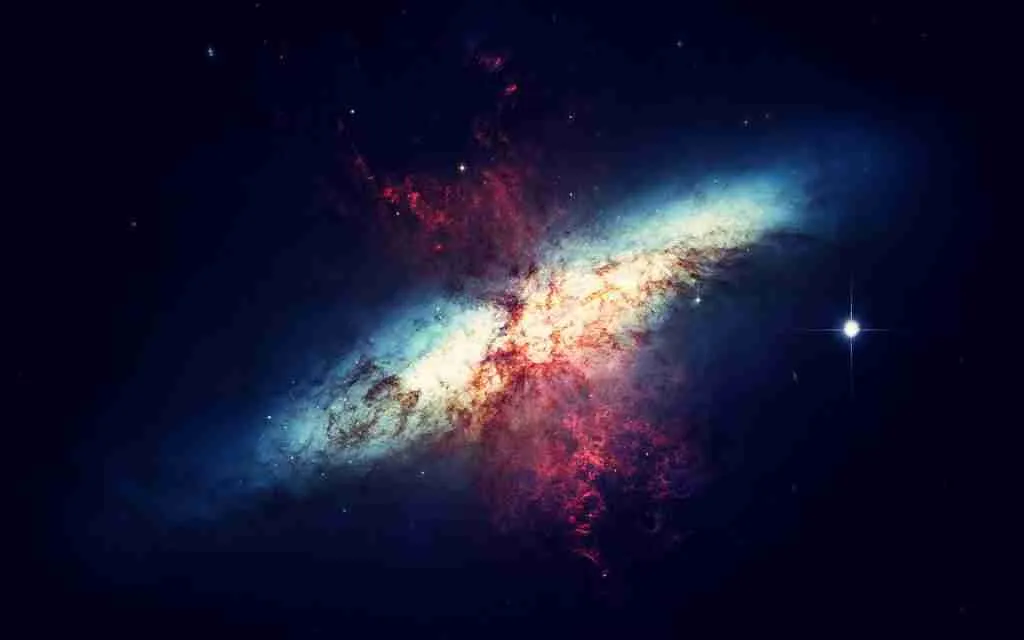
READ ALSO: 25 Fun Facts About The Sun | The Dying Star
The Study of Supernovae has lifted the veil to uncover secrets of star behavior and the evolution of galaxies.
By examining the details of these massive astronomical objects, astronomers have made amazing new discoveries about star life cycles.
For example, we now understand that, like humans, stars also have stages in their lives: formation, maturing towards stability, dying off via supernova blasts, and eventually fading away as remnant materials.
17. Explosion of a Supernova can create a light echo.
The Explosion of a Supernova is an incredibly devastating and powerful force that can be seen from many lightyears away.
But scientists are finding that this explosion carries with it an interesting phenomenon: a ‘light echo.’ This occurs when the energy from the explosion interacts with dust and gas in the surrounding region.
18. Supernovas can produce Gamma Ray bursts.
Some supernovae are associated with gamma ray bursts (GRBs), which are among the most energetic events in the universe. GRBs are short but extremely intense bursts of gamma radiation, often linked to the collapse of massive stars into black holes.
These bursts release more energy in a few seconds than the Sun will in its entire lifetime. They can travel across vast distances, making them detectable by astronomers on Earth.
19. The Explosion of a Supernova can create a gravitational wave.
A supernova, a spectacular cosmic explosion, releases enormous energy that echoes across the universe, creating gravitational waves that ripple through space-time.
Moving at the speed of light, these waves transfer energy and carry crucial information from one deep space object to another, serving as faint yet significant signals in the cosmos.
20. The explosion of a supernova can create a cosmic ray.
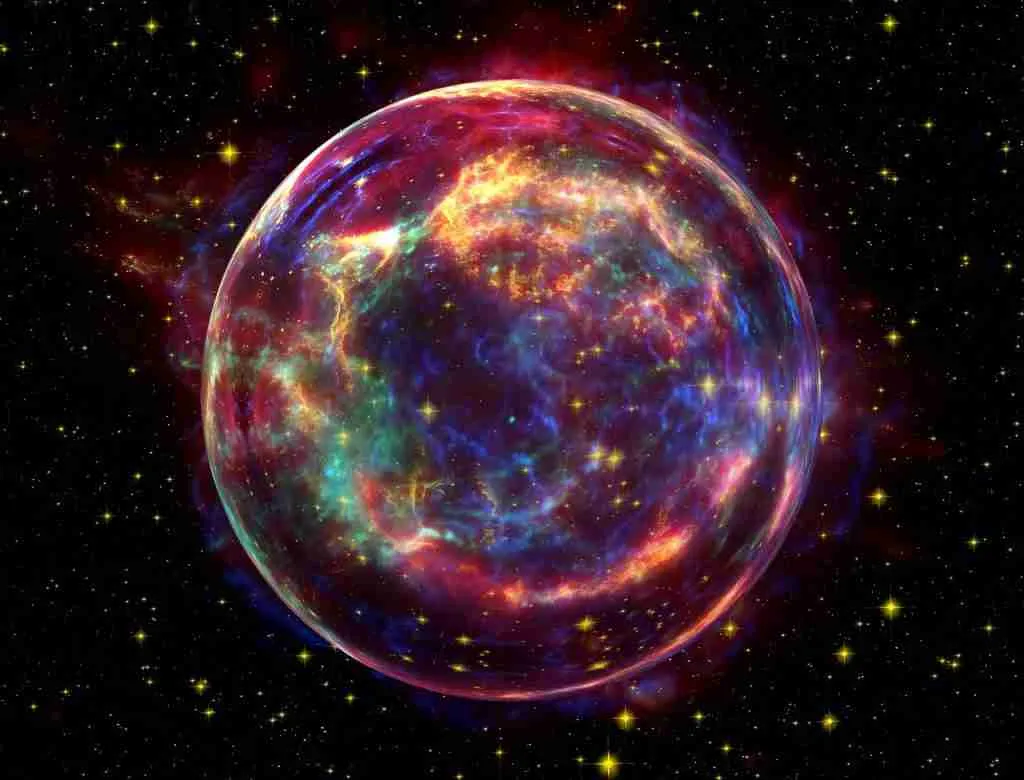
READ ALSO: 28 Fun Facts About Space Exploration You Never Knew
Far from its luminous brilliance of slowly but dramatically fading, this synchronously occurring interstellar outbreak sets off quite an explosion.
This event has also the capacity to spark something quite extraordinary—the creation of “cosmic rays”.
These high-energy particles released from supernovas are no ordinary cosmic sight, as their immense force propels them through space at speeds nearing the speed of light.
21. A Supernova Explosion can create a SuperBubble.
The explosion of a supernova also releases an enormous amount of energy, creating an immense area of hot gas known as a “SuperBubble,” which is continuously expanding outward.
The collision of powerful stellar winds drives this expansion, pushing matter outward up to and beyond the speed of sound. In its wake, the SuperBubble creates huge pockets of atmospheric collisions and visible shockwaves across space.
22. Some Supernovae Are So Powerful They Can Trigger the Formation of New Stars.
Supernovae are incredibly powerful events, so much so that the shock waves generated by their explosions can level the gas and dust in the area.
This creates immense regions of dense material that coalesce together through gravity and rotating motion, forming brand-new stars. This process has even been shown to host budding stars in large numbers in several of these supernova remnants.
23. Supernovas Release Billions of Neutrinos in Seconds.
During a supernova explosion, billions of neutrinos subatomic particles with very little mass are released in a matter of seconds. These neutrinos carry away a significant portion of the energy produced in the explosion.
Studying neutrinos from supernovae helps scientists learn more about the processes that occur during these explosions and the behavior of matter in extreme conditions.
24. Some supernovae are detected by their gravitational waves.
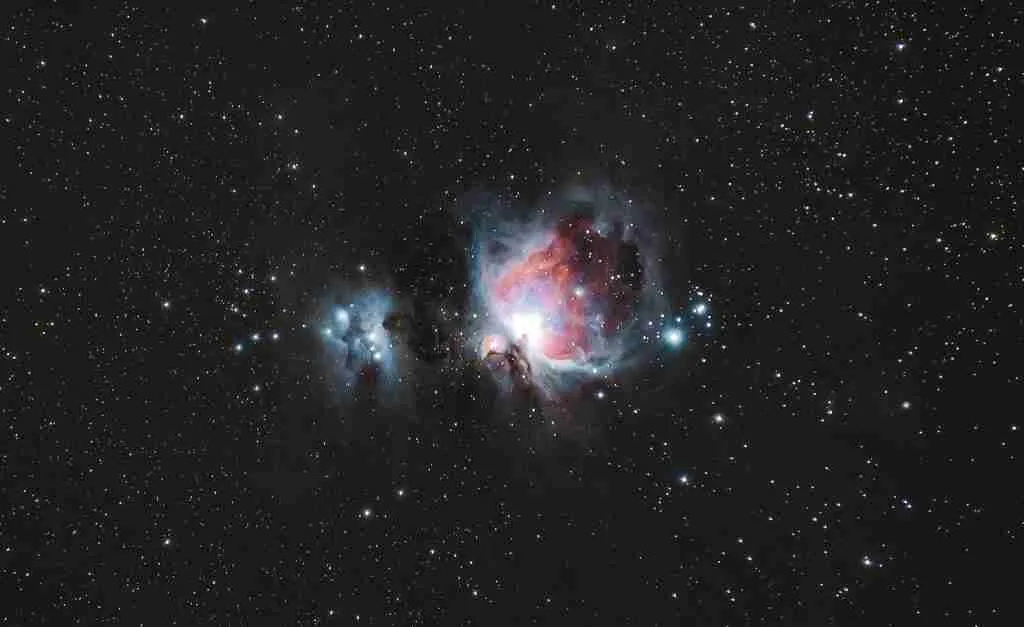
READ ALSO: 22 Fun Facts About Gravity To Wow Your Friends
Supernovae are among the most powerful astronomical events in existence. Their immense energy can cause their gravitational waves to be detected at extraordinary distances, even when the event itself is invisible to telescopes.
The sheer electricity emanating from these explosions can reach vast swaths of the universe, informing astronomers about a supernova’s presence even if it remains elsewhere out of sight.
FAQs
A supernova occurs when a star runs out of fuel and collapses under its own gravity, or when a white dwarf accumulates too much matter, causing an explosive reaction.
A supernova is a powerful explosion of a star at the end of its life cycle, releasing vast amounts of energy and light.
After a supernova, the star’s core may become a neutron star or black hole, and the explosion spreads elements into space, helping form new stars and planets.
A supernova lasts from several weeks to a few months, with its peak brightness lasting a few days before gradually fading.
Supernovas can be blue, especially if they are very hot. Their color depends on the temperature and elements involved in the explosion.
Supernovae are extremely large, often releasing more energy in a few seconds than the Sun will in its entire lifetime, with their shockwaves expanding over vast distances.
The term “supernova” was coined by astronomers Walter Baade and Fritz Zwicky in 1931 to describe the star’s explosive death, distinguishing it from a nova.

